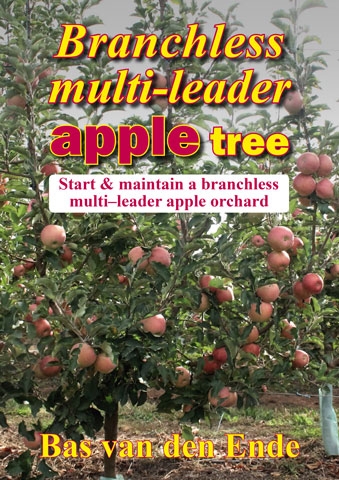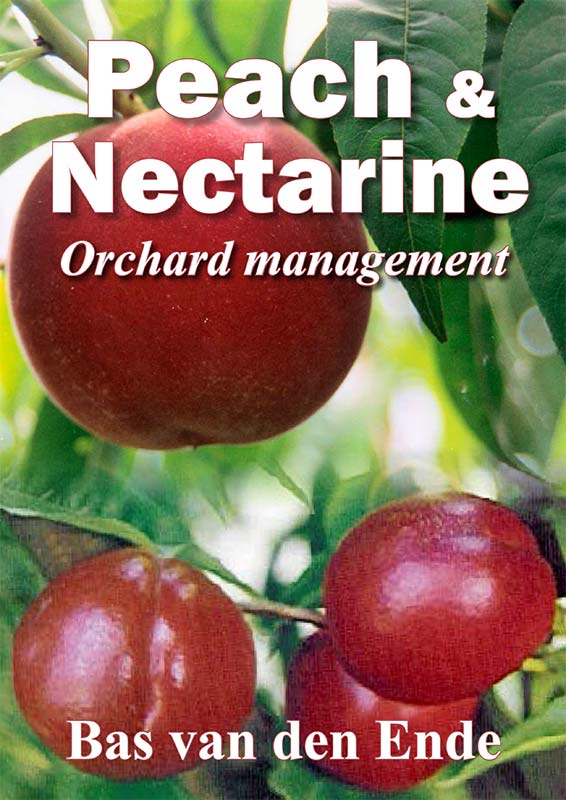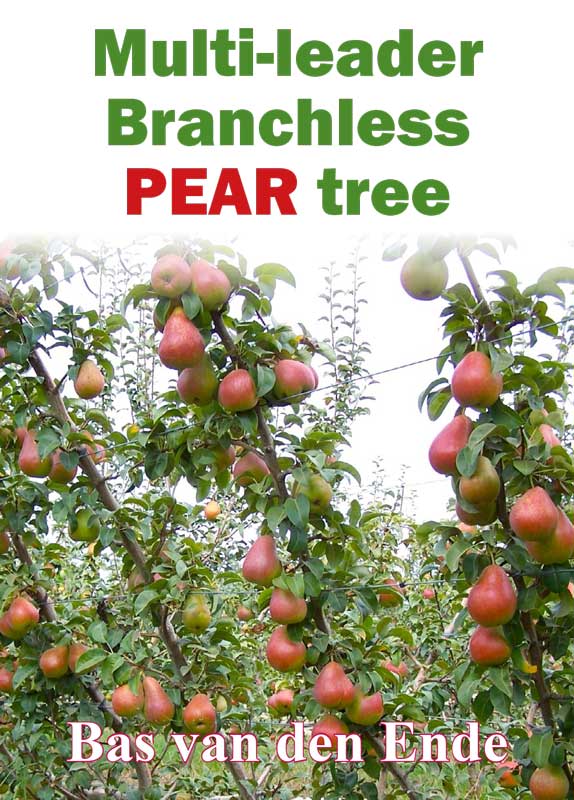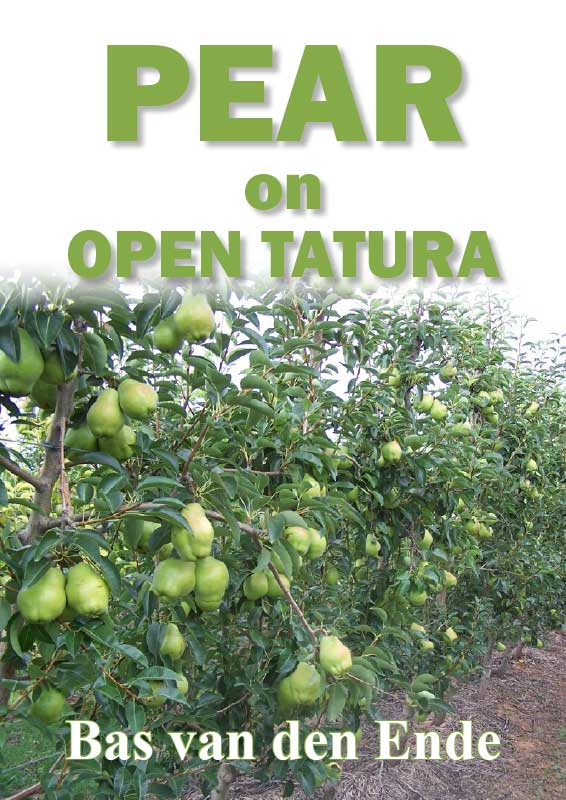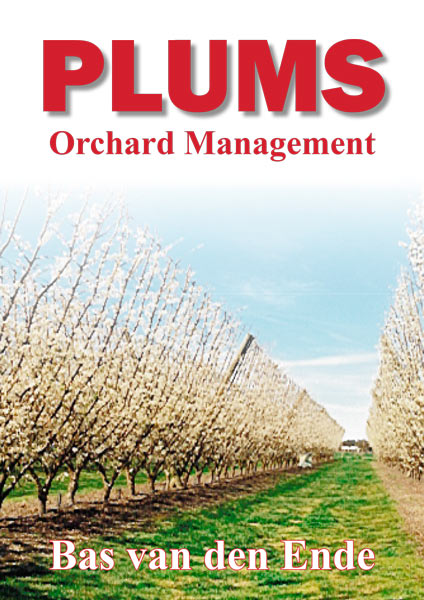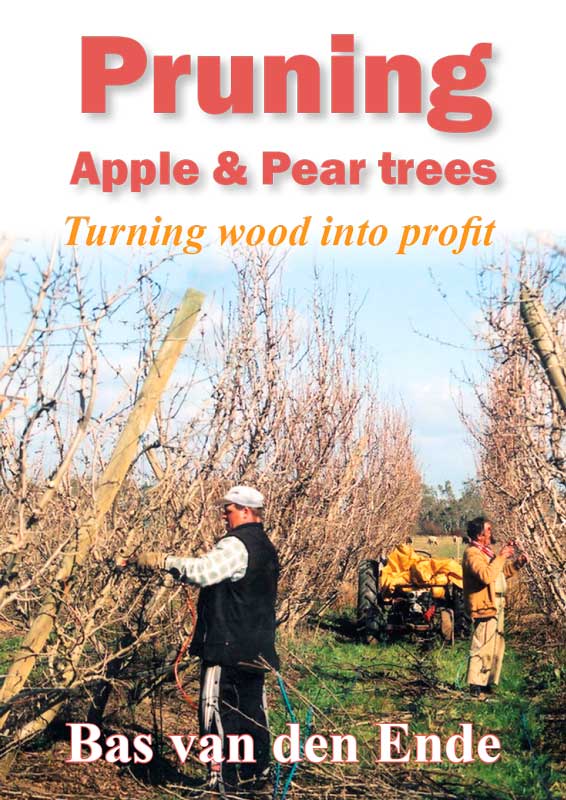The Open-Tatura Ground-Level Production System is one of the most efficient orchard systems that can be managed from the ground.
The introduction to the manual, Ground-level orchard production, discusses the origin of this system and the challenges to remain profitable. It invites the reader to look at an affordable high density planting of fruit trees, like a vineyard.
Since sunlight is the energy that drives the production of fruit, the first chapter explains why the Open-Tatura Ground-Level Production System is built on and designed to effectively ‘harvest’ this source of energy.
Tree design is the next chapter and includes how to go about building a simple tree structure without branches that results in a high canopy surface (cropping) area, and the reasons for it.
A chapter in the orchard manual is devoted to building a simple tree structure
Tree size has an interesting effect on the productivity of a fruit tree.
Evidence indicate that a small tree has the same capacity to produce carbohydrates by photosynthesis as a large tree when their performance is compared by the canopy of each tree.
However, because a small tree has a much smaller structural wood mass, it can convert a higher percentage of its photosynthetic production into fruit rather than wood. This difference in tree structure helps to account for the improved yield efficiency usually observed in smaller trees.
Downsizing to small trees means that more of the tree is fruit-bearing wood and less of the tree is structural support wood.
Similarly, downsizing means potentially higher yields from a unit of land because of a greater area of bearing wood.
Management becomes much easier than with large trees, but it must be much more precise.
Nurtured by science
A fruit tree has a bearing portion (foliage and fruiting buds) and a support portion (trunk and branchless leaders).
The smaller the size of the tree, the greater is the amount of the bearing portion to the support portion.
In modern high-productive labour-saving orchard systems, tree canopies should be low and narrow, continuous and V-shaped, to allow maximum surface exposure with space between the rows for compact orchard equipment.
Because of its unique geometric shape and high canopy surface area per hectare, the Open-Tatura Ground-Level Production System has the potential to intercept around 70 percent of available PAR.
This means that by managing your trees from the ground, you do not need to compromise between yield efficiency and ease of working, harvesting and spraying.
(cont next issue)
See this article in Tree Fruit June 2023
This article is from the Orchard Manual: Ground-level orchard production



